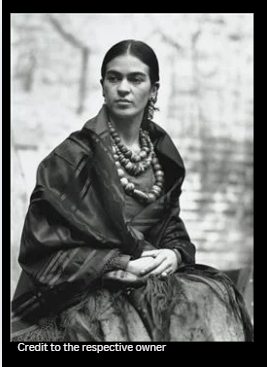When Frida Kahlo and Georgia O’Keeffe first met in New York in the early 1930s, their connection was instant. Kahlo was still on the verge of being recognized as an artist, while O’Keeffe had already made her mark as a major figure in modern American painting. Despite their different career stages, they saw in each other something familiar: bold women facing art, love, and illness with raw honesty.
Their time together was filled with warmth, humor, and a bit of mischief. Stories remain of them going out drinking with friends, laughing and singing late into the night. Kahlo’s affection for O’Keeffe was deeper than casual; she admired her strength, her work, and the way she claimed independence in a world that pressured women to conform. In letters, Kahlo’s tone mixed tenderness with longing, hinting that her feelings might have gone beyond friendship—though exactly how far is left to interpretation.
Both faced fragile health at different times, and this made their bond even clearer. When O’Keeffe had a breakdown and needed time to recover, Kahlo reached out with care and kindness. Years later, when Kahlo was bedridden and in pain, O’Keeffe traveled to Mexico to visit her. These moments of support showed the rare intimacy between them—one built not just on admiration, but shared struggles.
Kahlo also brought traces of O’Keeffe into her art. Some flowers O’Keeffe painted obsessively appeared in Kahlo’s works, but seen through her own perspective, layered with personal and cultural meaning. It was as if Kahlo was entering a visual conversation with O’Keeffe, honoring her influence while making it uniquely her own.
Their friendship was never fully documented, which makes the glimpses we do have feel like fragments of a much bigger story. Kahlo held onto it with deep feeling, writing openly about her emotions and recalling their meetings vividly. O’Keeffe, more private, left fewer clues, but her visits and presence at key moments speak just as powerfully.
